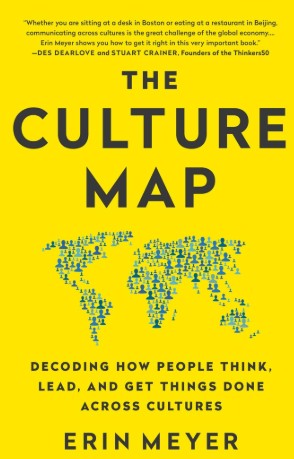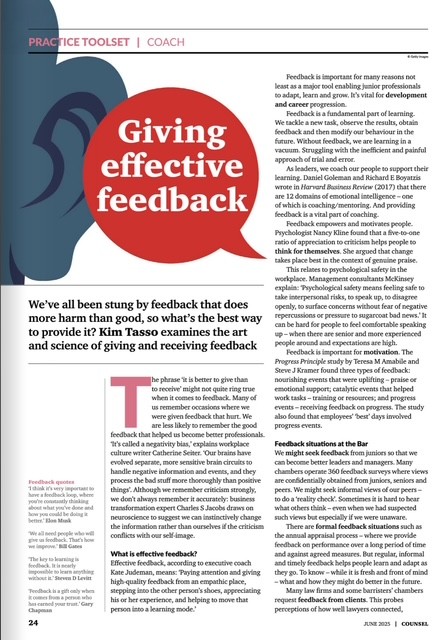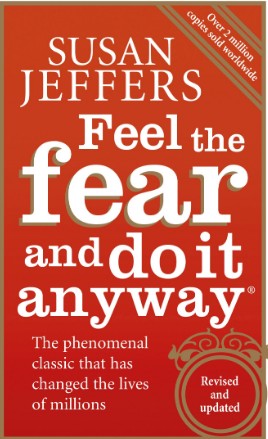
I’ve read a lot of books on negotiation. And this 270-page “leader’s guide to negotiation – how to use soft skills to get hard results” by Simon Horton is up there with my favourites. It’s stuffed full of research and useful insights from psychology. It provides a plethora of helpful personal communication skills within the context of a framework for managing complex negotiations. The valuable advice and guidance can be applied to a wide variety of situations in personal, professional and business situations.
The book has good credentials – the author is a world-leading negotiation skills expert, a visiting lecturer at Imperial College and “has taught solicitors at the most prestigious law firms in the world”.
He cites a wide range of established negotiation and management material including:
- Fisher and Ury’s “Getting to Yes”
- Steven Covey’s “Seven habits of highly effective people”
- “3-D negtotiation” by Lax and Sebenius (the “negotiating backwards” model which the calls “the art of the deal”)
- “Negotiating rationally” by Bazerman and Neale
- Robert Cialidini’s “Influence: The psychology of Persuasion”
- “The Elusive Obvious” by Grinder
- “Don’t shoot the dog” by Karen Pryor
- “Beyond reason” by Fisher and Shapiro
and even refers to the US Army Leadership Manual. Research from management consultancy Bain & Co is included and stories from “Maverick” by Ricardo Semler.
Negotiation
The book starts with a simple definition of negotiation “The process through which two or more parties come to an agreement on an action to be carried out” and of leadership “having a vision and making it happen”.
It’s refreshingly basic at times yet it grapples with complex ideas from psychology and behavioural economics at others. Illustrating points with examples from business, retail, military, hostage and political negotiations – the book is written in a simple, elegant and compelling style.
It’s based on the strong win-win approach to negotiation – and he argues for principles such as:
- It’s not about winning the battle, it’s about winning the war
- In the world of human endeavour, one plus one equals three
- Never be rude to the waiter
- Be unmessable with! Never bully but refuse to be bullied.
The section on problem-solving uses one of my favoured simple approaches – Where are we now? Where do we want to be? How will we get there? And more creative approaches such as that used by Walt Disney.
French and Raven’s five sources of power (legitimate, referent, expert, information and coercive) are explored and the author adds his own of idea, ability to persuade, access to resources, brand and reputation, creativity, willingness to walk away and choosing the framework. The author devotes a page to what to do in a hopeless case.
He explores Lyle Sussman’s approach to building a frame to persuade:
- Identify your objective
- Conduct a SWOT analysis on the other party
- Determine the other party’s core values
- Write a simple, vivid statement that links the above
He addresses deadlock – with fabulous tips on how to maintain rapport while sticking to your guns. The author expertly dismantles positional bargaining but offers insight and advice on what to do when faced with it. I particularly liked his use of stakeholder mapping techniques, exploring the context to statements and avoiding cognitive bias.
Psychology and soft skills
Happily, empathy figures in a big way. And there’s excellent material on rapport, trust, confidence and credibility.
The section on the questioning funnel and using questions to persuade would be valuable in a sales book. He notes that people are either motivated away from problems and risks or towards goals and benefits. Those who use the DMU in selling situations will find value in Michael Grinder’s analysis of three types of people – the leader, the advisor and the barometer.
There is a short section on dealing with difficult people – with a glance to Jonathan Cohen, a neuro-economist who notes that some people are better at regulating their emotional responses than others. It goes on to talk about separating the person from the behaviour and making negative judgements about the behaviour and positive judgements about the person. He offers advice on how to allow a way out while saving face.
Whilst there was little that I did not already know in the book, I appreciated the simplicity and clarity with which a vast amount of research and advice was presented. But there were a few takeaways for me:
- Prepare a list of issues relating to the deal and another relating to the relationship – and agreeing that any problems on one list could not be resolved by a concession on the other.
- The Grinder material on people being either cats or dogs resonated as I use a leadership and a negotiation model which considers task versus relationship focus.
There are lots of case studies and examples – mostly from the commercial world but also on some famous major military, hostage and political scenarios. There’s even expertise from FBI investigators.
Each section ends with a list of action points to help you assimilate the key points and put the ideas into practice.
I chuckled when I reflected on the behaviour of the chairman of a Big Four accountancy practice who I worked for long ago. I called his approach “Management by objection”. The author explains this practice as “start with no”.
FT books are usually good quality – and this one is no exception. It’s simple, engaging, well-written and contains a wealth of valuable and pragmatic ideas that will be useful to new and experienced negotiators.
A full review of this book is published in this month’s Professional Marketing magazine http://www.pmforum.co.uk/magazine/
Some of the soundbites I particularly enjoyed were:
- “Evil dolphin bias” or “survivorship bias” – we make our judgements purely on the evidence of the winners or survivors, ignoring those who were not so successful
- A good negotiator always thinks beyond the obvious and works on the principle that there is likely to be more than one solution to every problem
- Negotiations count for nothing unless they are implemented as agreed
- Human beings have an innate sense of fairness which they consider important. If they feel this sense has been violated, they will sabotage the deal, even if it is against their own interests to do so
- Be an example of the behaviour you want to see
- Many top negotiators believe that 75 per cent of the skills is in the preparation
- Studies have shown that those who enter negotiations with higher aspirations attracting better outcomes
- Power is partly a function of your willingness to walk away
- People live up to the expectations we have of them. It is a well-studied social phenomenon known as the Pygmalion Effect
- Touch increased the honesty of the other person threefold
- It is one of the disappointing aspects of our world that idea do not succeed on the basis of their quality but on the basis of how well they are put across
- Neil Rackham, inventor of SPIN sales methodology, found that skilled negotiators tested understanding and summarised proceedings more than twice as much as average ones
- A 2002 study by Watson Wyatt found that high trust organisation are likely to produce three times more shareholder value than low trust organisations
Contents:
Introduction
- Negotiation fundamentals
- The strong win-win principles
Prepare
- Your win
- Their win
- Multi-party negotiations
- Preparing yourself
- Develop your PlanB
Negotiation psychology
- Rapport
- Credibility
- Rapport vs credibility
- Increasing your power
- Turn them into a win-win fanatic
- Channel their self-interest
- Dealing with difficult people
Solving the problem
- Problem-solving
- Communication
- Deadlock
- Concessions
- Dealing with dirty tricks
Trust
- Seek to trust
- How to tell if you can trust them
- Increase their trustworthiness
- What to do if you really cannot trust them at all









